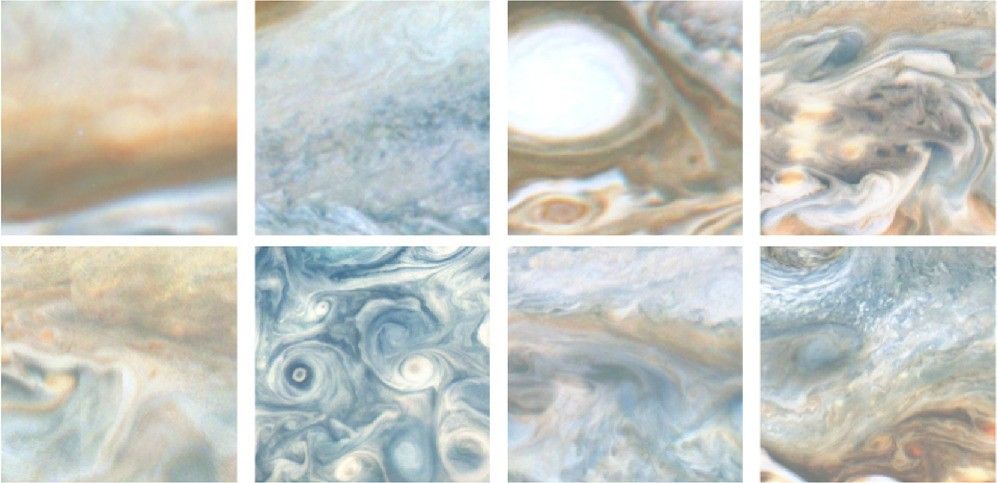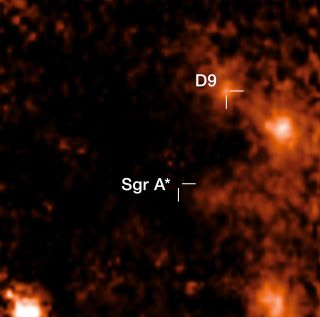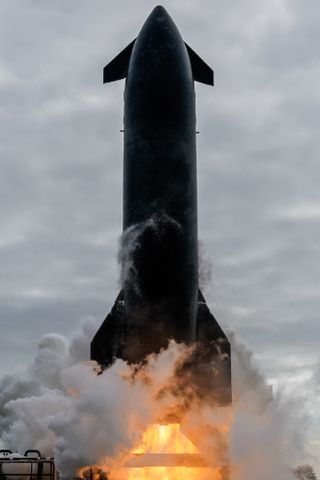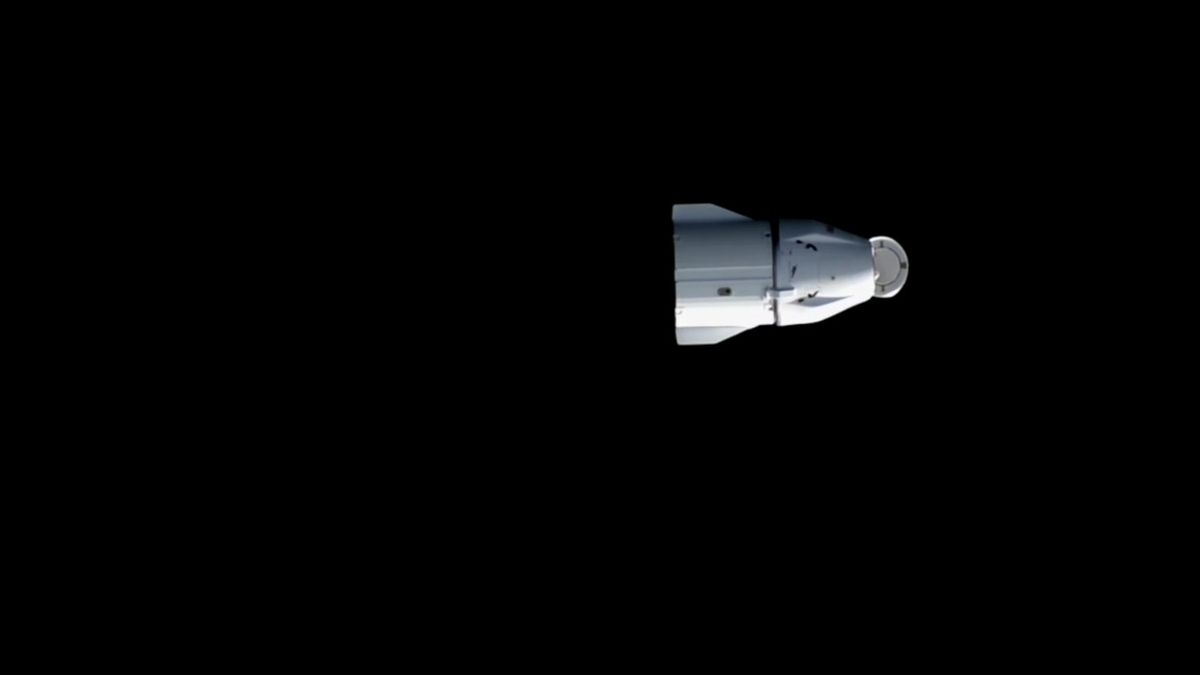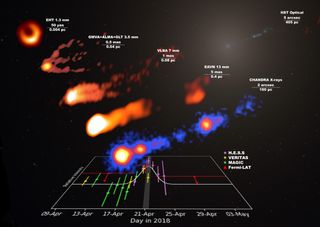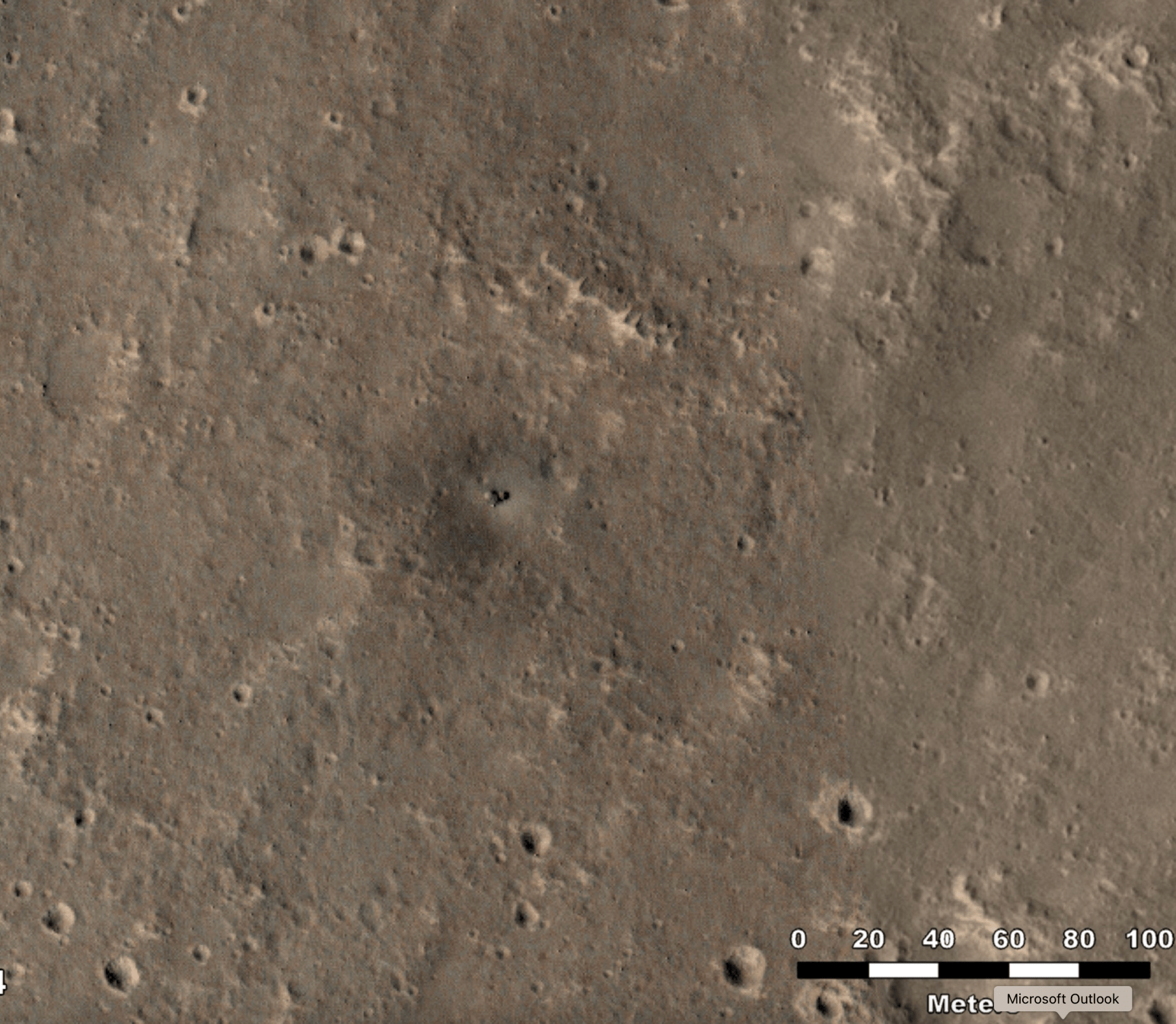2 min read Jovian Vortex Hunters Spun Up Over New Paper Jumping Jupiter! The results are in, storm chasers! Thanks to your help over the last two years the Jovian Vortex Hunter project has published a catalog of 7222 vortices, which you can download here. Each vortex is an enormous swirling windstorm in Jupiter’s atmosphere–terrifying yet beautiful to behold. The vortices are labeled by color (“white” is most common, then “dark”, then “red”). The catalog reveals distributions of vortex sizes, aspect ratios, and locations on the planet. For example, your…
Read MoreMonth: December 2024
Astronomers discover 1st binary stars orbiting supermassive black hole at the center of the Milky Way
Astronomers have discovered the first binary stars orbiting a supermassive black hole. The stellar pairing in question orbits the cosmic titan at the heart of the Milky Way, Sagittarius A*. The binary stars, designated D9, were found in data collected by the Very Large Telescope (VLT), located atop Cerro Paranal, an 8,645-foot-tall (2,635-meter) mountain in Chile’s Atacama Desert. By measuring their velocity, the team behind the discovery was surprised to find they were two stars, not one. The fact that these binary stars so near Sgr A* have survived the…
Read MoreTransforming Space Exploration: NASA and Northrop Grumman’s Digital Engineering Collaboration
Northrop Grumman & NASA Digital Engineering SAA Kick-off meeting at Thompson Space Innovation Center. NASA’s Digital Engineering is paving the way for exciting new possibilities. Their latest Space Act Agreement with Northrop Grumman promises to accelerate progress in space exploration through innovative collaboration. Under NASA’s HQ Office of the Chief Engineer, Terry Hill the Digital Engineering Program Manager, recently signed a Space Act Agreement with Northrop Grumman Space Sector to explore digital engineering approaches to sharing information between industry partners and NASA. This collaboration aims to support NASA’s mission by…
Read MoreArtemis II Core Stage Moves to High Bay 2
Teams with NASA’s Exploration Ground Systems transport lower the agency’s 212-foot-tall SLS (Space Launch System) core stage into High Bay 2 at the Vehicle Assembly Building at NASA’s Kennedy Space Center in Florida on Wednesday, Dec. 11, 2024. The one-of-a kind lifting beam is designed to lift the core stage from the transfer aisle to High Bay 2 where it will remain while teams stack the two solid rocket boosters on top of mobile launcher 1 for the SLS core stage.
Read MoreStation Science Top News: Dec. 13, 2024
Benchmarks for solidifying metal alloys Researchers report benchmark data for modeling the growth of specific types of microstructures that form during solidification of metal alloys under different conditions. These microstructures affect the properties of materials and products such as refrigeration devices and solar cells. The ESA (European Space Agency) Columnar-to-Equiaxed Transition in Solidification Processing (CETSOL) investigation studied the processes of metal alloy solidification and the crystal patterns that form as liquids transition to solids. Results could improve ground-based development of lightweight, high-performance structural materials for space and ground applications. Microgravity…
Read MoreWatch SpaceX Starship test fire engines ahead of flight 7 launch (video)
Things are getting hot for SpaceX’s next Starship launch. SpaceX fired up its next Starship spacecraft during an engine test over the weekend, ahead of the company’s 7th orbital test flight of the gargantuan megarocket. SpaceX ignited Starship’s Raptor engines for approximately 10 seconds on Sunday, Dec. 15, as a part of a series of checkouts to ensure the vehicle is healthy before being transported to the launchpad where it will be integrated with its first stage Super Heavy booster. Its next launch, Integrated Flight Test-7 (IFT-7), is expected around…
Read MoreNASA Names New Leader of STEM Engagement
Portrait, Elaine Ho, Thursday, Jan. 23, 2020, at NASA Headquarters in Washington. Photo Credit: (NASA/Aubrey Gemignani) NASA Administrator Bill Nelson announced Monday Elaine P. Ho will serve as the next associate administrator of NASA’s Office of STEM Engagement (OSTEM), where she will lead the agency’s efforts to inspire Artemis Generation students and educators in science, technology, engineering, and mathematics (STEM). The role, based out of the agency’s headquarters in Washington, is effective immediately. Ho also will remain the associate administrator for the agency’s Office of Diversity and Equal Opportunity while…
Read MoreSpaceX’s 31st Dragon cargo capsule departs ISS to head home to Earth
SpaceX’s 31st robotic cargo mission is headed back to Earth. SpaceX’s Dragon cargo capsule undocked from the International Space Station (ISS) on schedule today (Dec. 16) at 11:05 a.m. EST (1605 GMT) today (Dec. 16). The spacecraft will begin a series of deorbit burns to complete the company’s 31st commercial resupply services mission (CRS-31) for NASA, splashing down of the coast of Florida tomorrow (Dec. 17). The agency won’t webcast the splashdown but will provide updates via its ISS blog. CRS-31 is returning to Earth with thousands of pounds of…
Read More1st monster black hole ever pictured erupts with surprise gamma-ray explosion
In 2018, it was revealed that a pioneering telescope the size of Earth had taken, for the first time, an image of a black hole. That same instrument, the Event Horizon Telescope (EHT), has now witnessed the same black hole erupt with a powerful and unexpected explosion. Scientists hope that by studying this emission, they can better model the structure surrounding supermassive black holes. The flare, which lasted for about three days in April and May 2018, erupted from the supermassive black hole designated M87*, which liesat the heart of…
Read MoreNASA Mars Orbiter Spots Retired InSight Lander to Study Dust Movement
5 min read Preparations for Next Moonwalk Simulations Underway (and Underwater) Seen at the center of this image, NASA’s retired InSight Mars lander was captured by the agency’s Mars Reconnaissance Orbiter using its High-Resolution Imagine Science Experiment (HiRISE) camera on Oct. 23, 2024. NASA/JPL-Caltech/University of Arizona New images taken from space show how dust on and around InSight is changing over time — information that can help scientists learn more about the Red Planet. NASA’s Mars Reconnaissance Orbiter (MRO) caught a glimpse of the agency’s retired InSight lander recently, documenting…
Read More